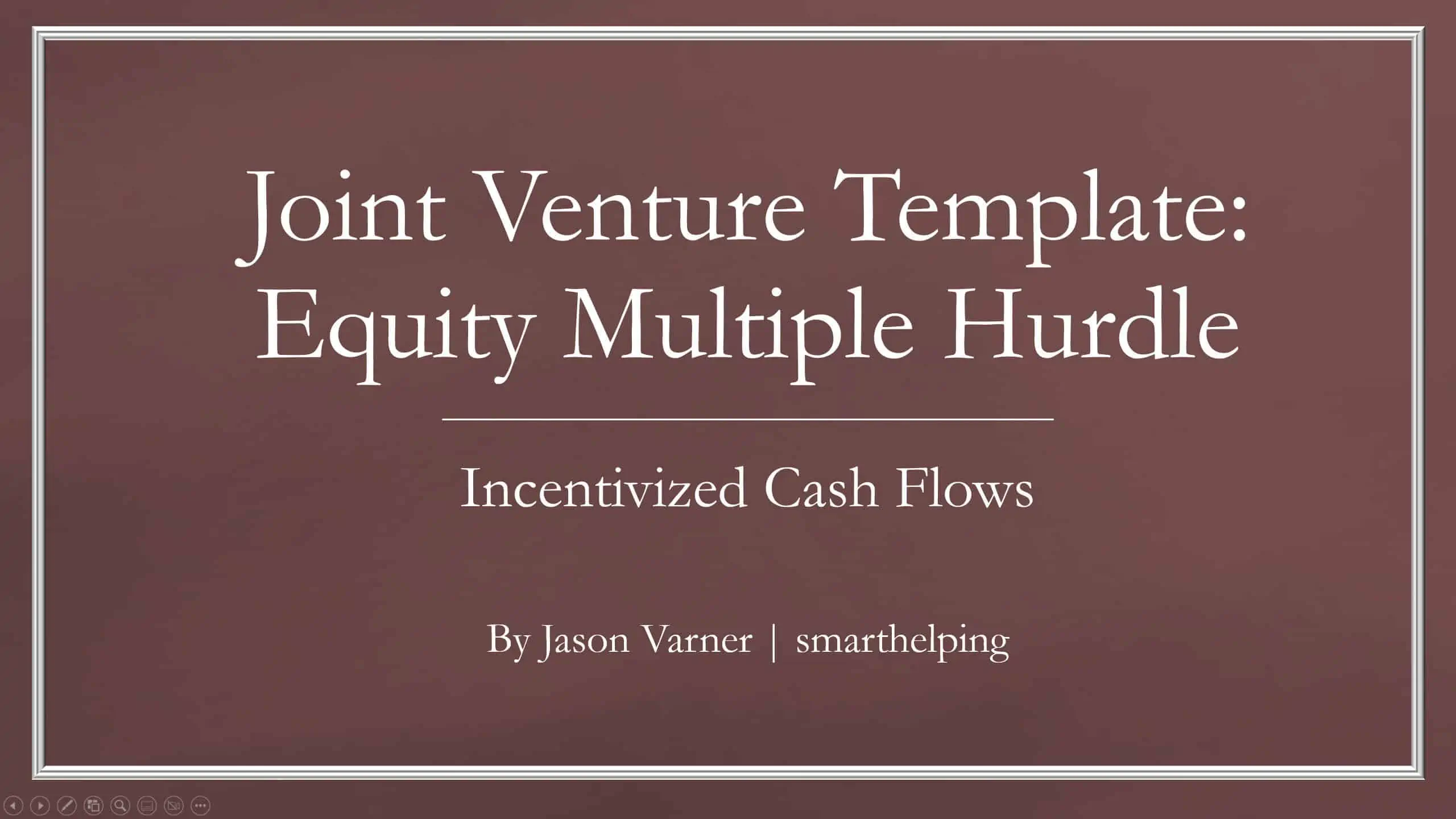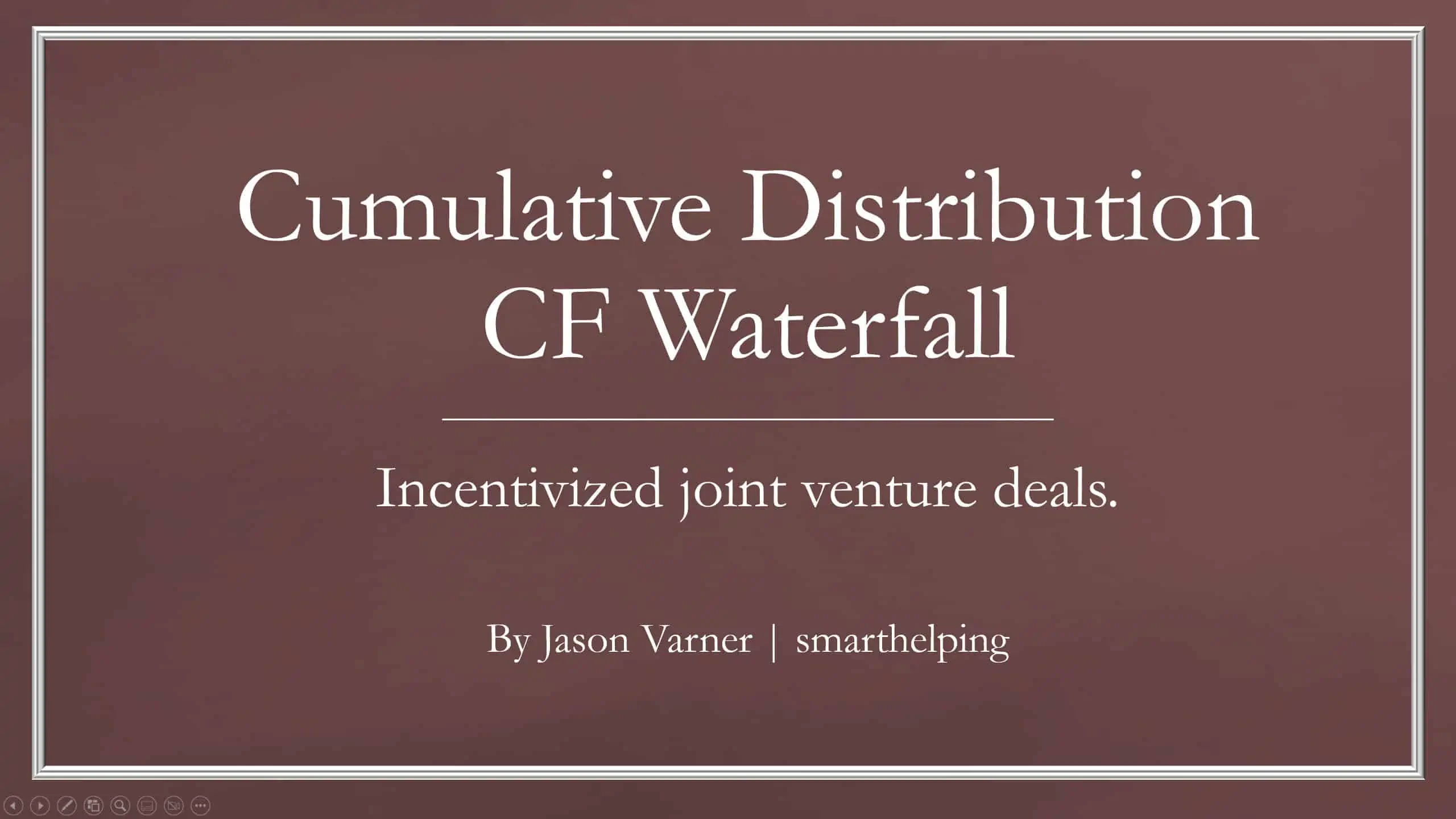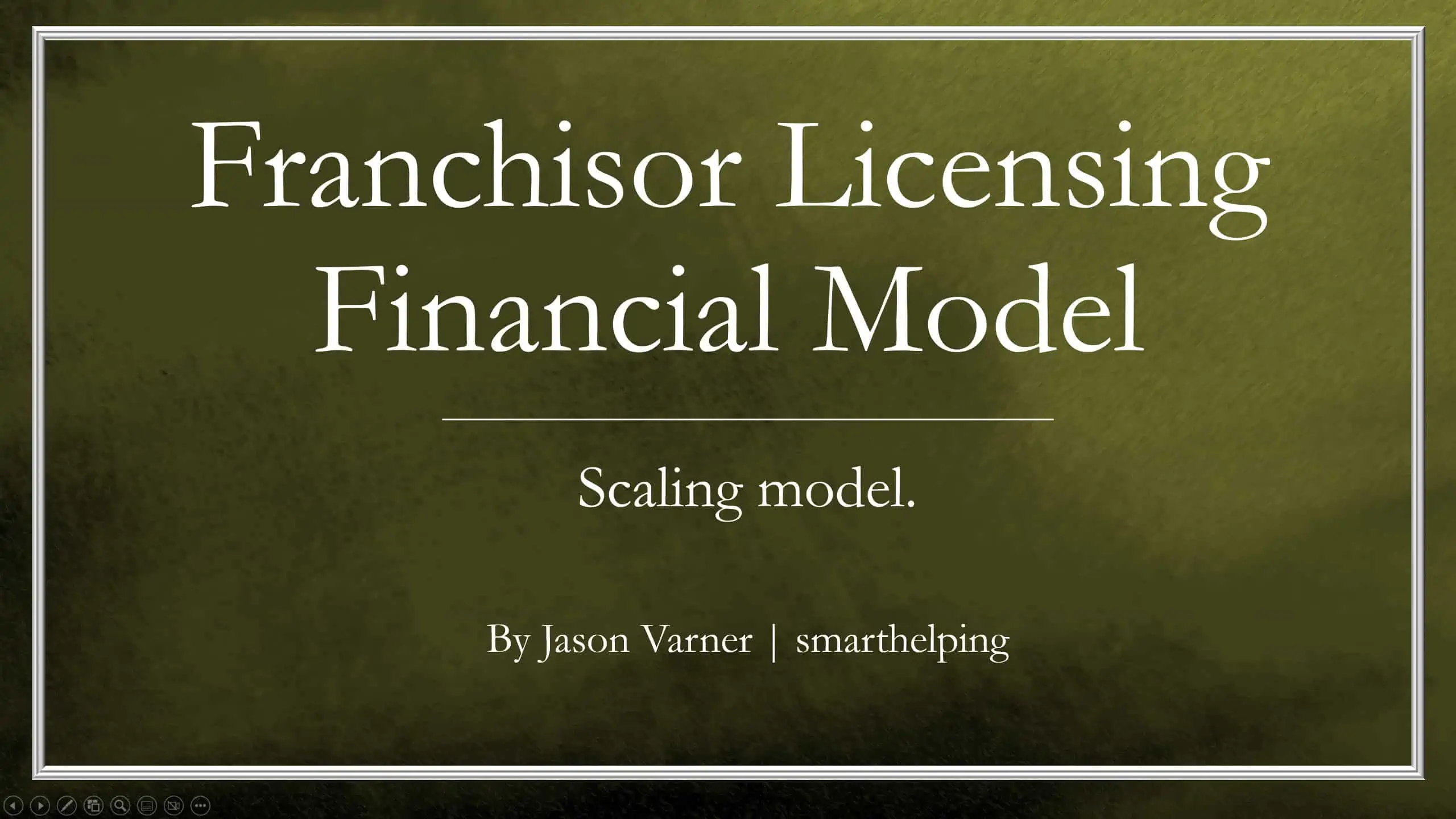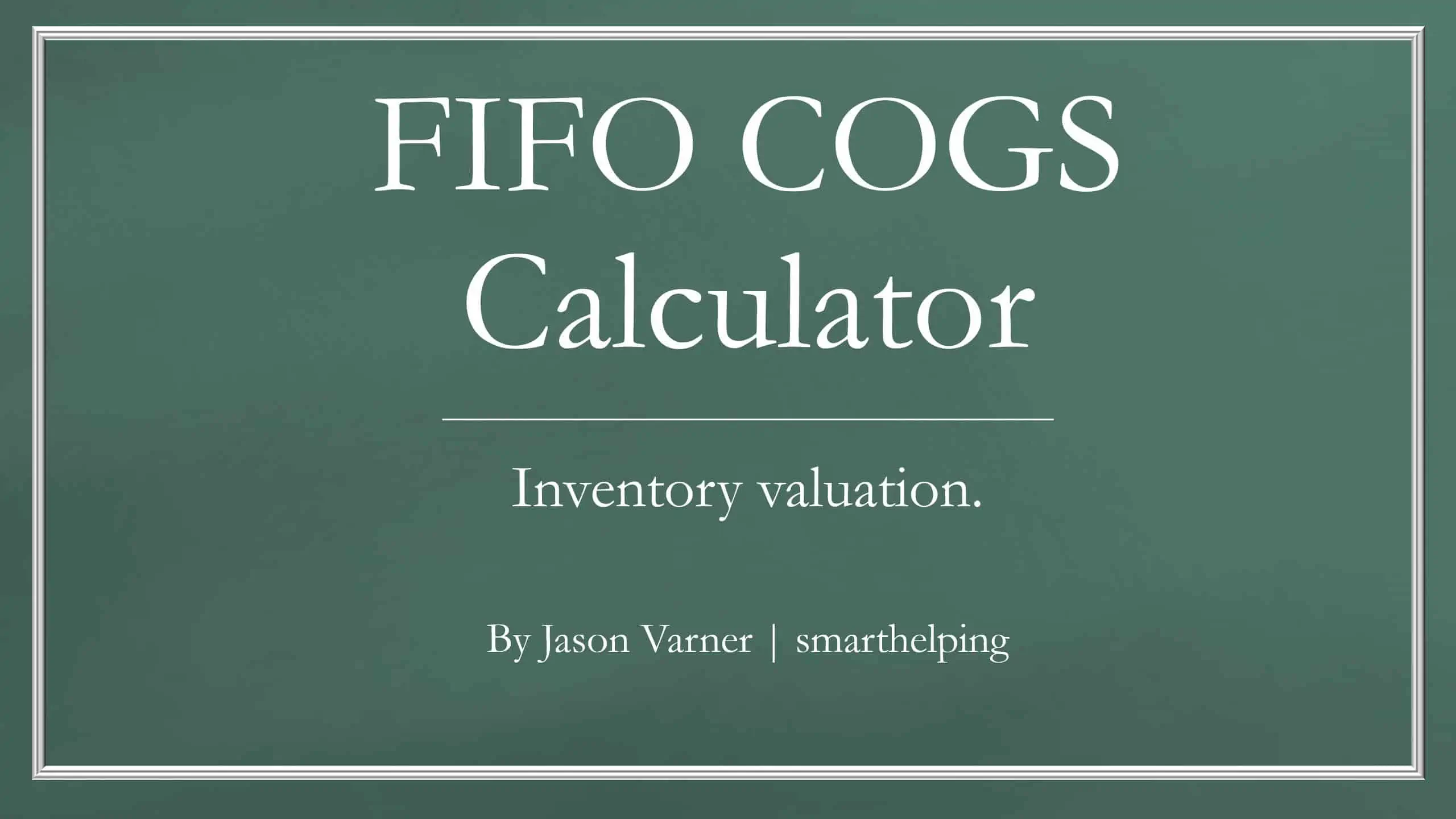Preferred Return Template – Options for Shortfall Recovery and Compounding or Simple
This is a general template that can be used for any sort of join venture that involves the limited partner (in most cases) to have a preferred return over the sponsor (general partner).

Video Tutorial:
Updates:
– Added option to reduce LP equity basis with distributions above the preferred return (yes/no selector)
– Added a DCF Analysis for each participant (including NPV).
This template was designed with private equity in mind. Typically, they have deals with investors, and typically, the investor would be a limited partner group, and the general partner would be a private equity firm. However, any two parties can come together in a joint venture and set up a deal. What we have here is something designed to show what happens if the investor side (limited partner(s) has a preferred return that must be paid to them prior to any profit-sharing with the general partner.
The waterfall goes > preferred return > profit share. The profit share variables are able to be defined, and you can set them as pari passu or some other split that both parties agree upon. This template has the option to toggle the carry forward of any preferred return shortfalls, and they become a priority to pay down with future cash flows prior to further profit splits. If you choose, you can set it so any shortfalls are wiped clean each year.
Also, it is possible to toggle the logic that calculates the preferred return. It can either target the compounding balance (equity plus shortfalls) or just the investor equity.
Two visuals were added. One shows the yearly cash flows for each part, and the other shows the cumulative cash flows.
The IRR, equity multiple, and cumulative cash position were also included. The cumulative cash position allows for both the general partner and limited partner to see when they have been paid back their entire contribution as well as how much they receive beyond that.
The cash flows are all on an annual basis and go for up to a 10-year period. It would not be hard to drag the formulas over to go as many years as you want.
Similar Products
Other customers were also interested in...
All My Financial Models, Spreadsheets, Templates, ...
Lifetime access to all future templates as well! Here is a set of spreadsheets that have some of the... Read more
Joint Venture and Fund Cash Flow Waterfall Templat...
Here are all the spreadsheets I've built that involve cash flow distributions between GP/LP. Include... Read more
Preferred Equity Cash Distribution Model – 2...
A 10-year joint venture model to plan out various scenarios for the way cash is shared between a GP ... Read more
Cumulative LP Distribution Joint Venture Waterfall...
A 6 Tier cash flow waterfall template. Plug in the distributable cash flow (+/-) and set the hurdle ... Read more
Small Business Playbook (Financial / Tracking Temp...
About the Template Bundle: https://youtu.be/FPj9x-Ahajs These templates were built with the ... Read more
Franchisor Licensing: Financial Model with Cap Tab...
Build up to a 10 year financial forecast with assumptions directly related to the startup and operat... Read more
Top 16 Google Sheet Templates
This is a bundle of all the most useful and efficient google sheet templates I have built over the y... Read more
Inventory Valuation Using FIFO – Automatical...
Any accountant that needs to comply with IFRS will have to use the FIFO valuation method for calcula... Read more
Private Equity Fund Model (Investor Cashflows)
Private Equity Financial Model to analyze fund cashflows and returns available to Limited Partners (... Read more
3 Statement Financial Modeling with DCF & Rel...
Financial Modeling Tutorial guides user via step by step approach on how to build financial models w... Read more
You must log in to submit a review.












